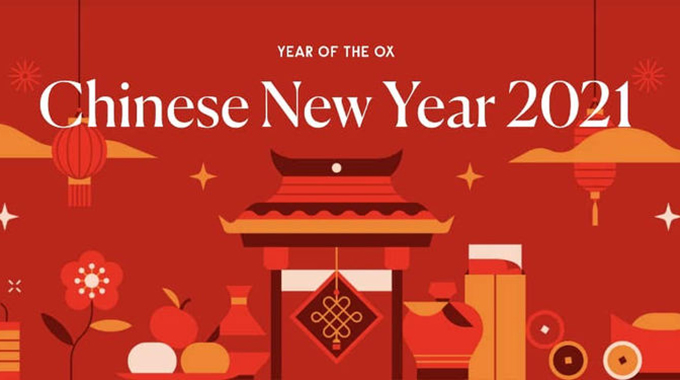Chinese Lunar calendar

Ms G
Next week, on February 12, China and many Chinese communities around the world will celebrate the Chinese New Year, or the Spring Festival, as it is known in China.
China today officially observes the Gregorian calendar like much of the rest of the world; but the Chinese calendar is still used for traditional purposes, such as determining festival dates and wedding dates. Some old-fashioned people also prefer to celebrate their birthdays on the lunar calendar.
The Chinese calendar is the longest chronological record in history. It is a lunisolar calendar, incorporating elements of a lunar calendar with those of a solar calendar, indicating both the phase of the moon and the time of the solar year.
Its origins can be traced as far back as the 14th century BC.
The earliest evidence is found on the oracle bones of the Shang dynasty (ca. 1600 BC- ca .1046 BC), which seem to describe a lunisolar year of twelve months, with a possible inter-calary thirteenth, or even fourteenth month, added empirically to prevent calendar drift (leap year). This results in a thirteen-month year every two or three years.
Later during the Zhou Dynasty (1046-771BC), twelve animals were associated with each year. These 12 animals were commonly called the 12 Zodiac animals outside China. From the earliest records, the beginning of the year occurred at a new moon near the Winter Solstice.
In the late second century BC, changes were made to make the Winter Solstice occur in month 11. The New Year is celebrated at the second new moon after the Winter Solstice and can fall anywhere between late January and the middle of February as per the Gregorian calendar. New Year festivities traditionally start on the first day of the month, which is February 12th this year, and continue until the fifteenth, when the moon is brightest (full moon in the middle of the month).
The Chinese solar months are not like the months of a “modern” calendar. This calendar divides the year into 24 solar segments according to the sun’s positions on the tropical zodiac.
It summarises the different positions of the sun on the ecliptic at different times of the year, the exact time of four seasons, the occurrence rules of natural phenomena like rainfall and snowfall, and the time of some phenological phenomena in nature to guide the agricultural affairs and farming activities.
In the lunar system of month, the first day of a lunar month is the day when a new moon appears in a particular time zone, the darkest night of the month, hence one month corresponds to one lunar cycle, one phase of the Moon, the length of time between two successive new moon days.
Like in any culture, the beginning of a new year is the most important date on the calendar and an occasion for family reunions. In a country as diverse as China, the New Year customs also vary greatly among different regions — the food we eat and the things we would do for good luck can hardly fit into a book.
Next week, I will share with you how my region in the northeastern part of China celebrates this special festive period.









Comments